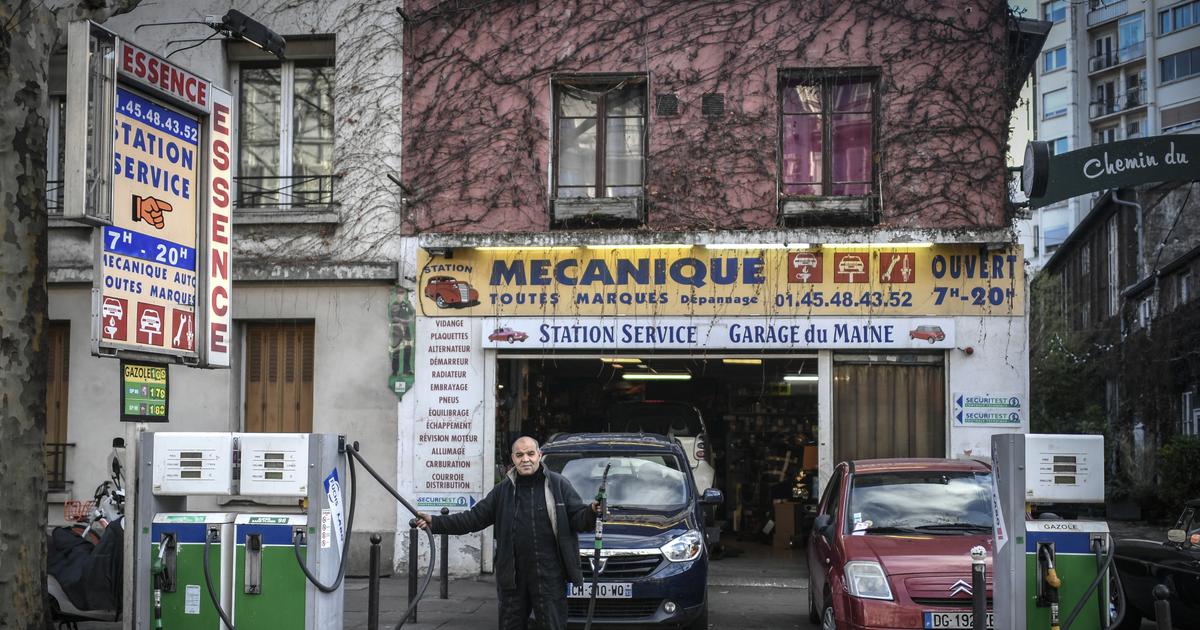In March, when the war in Ukraine was having its first effects on fuel prices in France, some stations were already deciding to temporarily close their pumps.
With prices becoming far too high, several managers were no longer even able to cover their costs.
In a more structural way, the economic model of independent service stations in France is increasingly threatened.
According to the association of automobile services Mobilians, which published a large-scale study carried out among 2,400 gas station attendants, 27% of independent stations could close by 2035 without action from the public authorities.
To discover
Taxes 2022: all about your tax return
The rise of supermarkets
To explain the free fall of traditional resorts, each period has its cause.
Starting with the advent of supermarkets in the 1970s, which were gradually able to benefit from advantageous rates on the purchase price of a liter of fuel, to the detriment of local distributors.
The curve of the last forty years does not bode well.
While there were nearly 40,000 traditional gas stations in 1980, there are only 5,800 today.
Large and medium-sized stations, largely responsible for this drop, saw their curve take the opposite trend to that of independents: they went from 2,000 to 5,000 over the same period.
Read alsoRising fuel prices: these gas stations that prefer to close
A gap that has intensified with the recent successive increases caused in particular by the Russian-Ukrainian conflict.
Today, supermarkets hold 62% of fuel sold in France, which is the largest market share in Europe.
“
Fuel remains the only product where the price is displayed on the roadside.
Supermarkets always want less, all
the time”, denounces Francis Pousse, National President of the Fuel Distributors and New Energies branch at Mobilians.
Traditional distributors, unable to compete, are left on the sidelines.
Economic and energy diversification
To survive, these stations are forced to diversify in the range of products offered.
Parcel relays, new food products, new automatic washing machine, the added value is necessary to maintain the survival of these distributors.
They are also paying the price for the energy transition and the rise of electric cars, whose users prefer terminals installed in the city center or in supermarkets.
“
We do not cross France only on the motorway
“, pleads Francis Pousse.
For him, it is for example necessary to equip traditional service stations in the most remote areas with ultra-fast electric terminals, which will have the function of serving the consumer but also of reassuring him and encouraging him to turn to electric. .
New fuels such as hydrogen or synthetic fuels must also, in the long term, find their place in these stations.
"
But without public money, we will not succeed
," laments the representative.
“
An ultra-fast electric terminal represents 100 to 150,000 euros just for the installation, knowing that the operator does not even know if his economic model will be profitable.
Massive aid is needed so that the rest to be borne by the operator is minimal
,” he adds.
Read alsoFuel: the terms of implementation of the discount of 15 cents per liter
These requests for public funds must also be used to renovate equipment that has become obsolete for many over time, which should make it possible to restore the image of the stations and attract the eye of future buyers.
"
We are calling on the government about the risk, in the very short term, of finding certain areas in France in a situation of energy poverty
".
But Francis Pousse is convinced, the authorities with whom he negotiates realize, according to him, little by little, that the traditional service stations need help, and quickly.
As the study shows, 66% of these 1,500 independent stations in danger of closing could be maintained if a specific support plan were put in place by the public authorities, i.e. nearly 1,000 stations.
"
To survive, we estimate the need at 10 to 15 million euros
,” concludes Francis Pousse.







